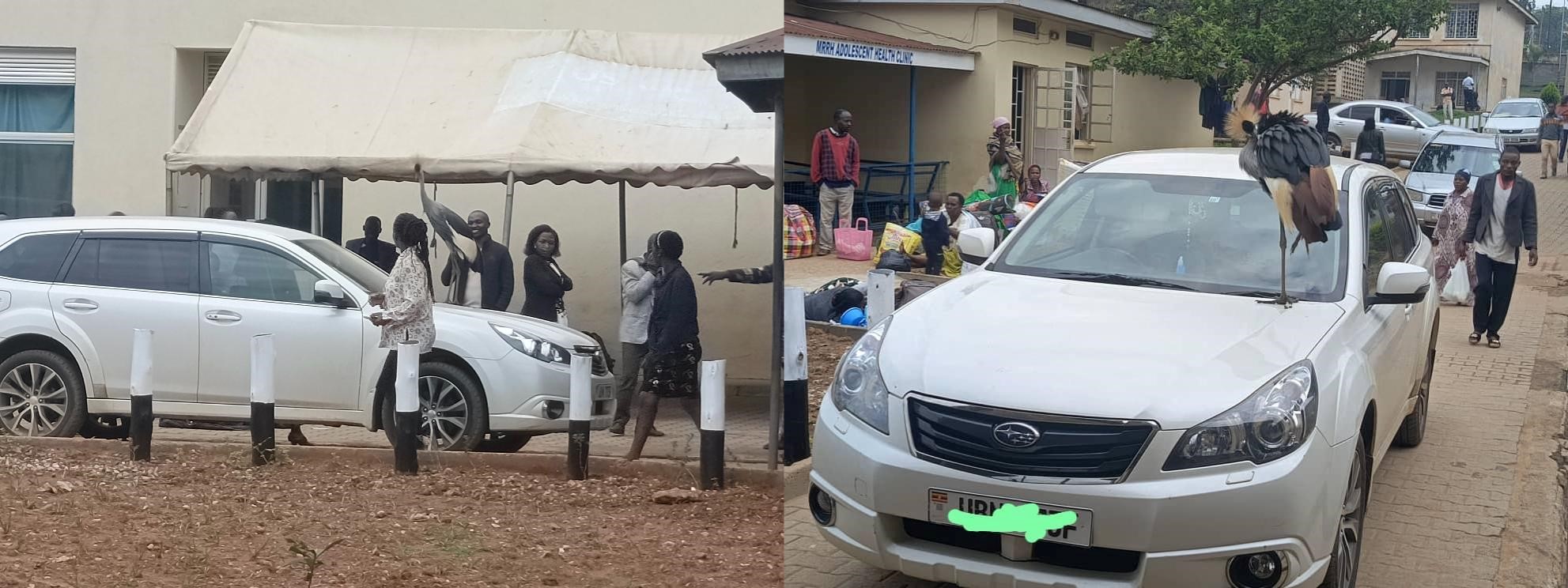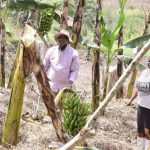Growing up in the picturesque hills of Kamushoko, Bubare, Kashari, in Uganda’s former Ankole district, I cherish memories of a serene environment teeming with life. This region, the birthplace of all 13 districts in the Ankole area, was once a haven of breathtaking natural beauty. However, conservationists can no longer sit idly by as vandalism and human greed erode this beauty.
Our homestead, once nestled amidst bushes, was a home to the majestic grey crowned crested crane, a creature listed among endangered species. As children, we’d watch in awe as these cranes descended upon our mother’s groundnut gardens, their regal movements and striking crests leaving us enthralled. We’d hesitate to scare them away, mesmerized by their beauty.
During my recent visit home, I couldn’t spot a single crane, nor did I hear its distinctive call. This confirmed the alarming decline of its population, from 100,000 in 1962 to about 15,000 today, victims of human destruction.
Uganda’s national pride, the grey crowned crested crane, will never demand a grand castle. It prefers to live in harmony, free from interruption, where it can thrive for up to 30 years. Yet, we’ve deliberately displaced this national treasure, symbolizing peace on our flag.
Because it’s a peacemaker, it didn’t fight back. It left its habitat to come to Mbarara Regional Referral Hospital, often referred to as the “Mulago of western Uganda” due to its unique services. There, the crested crane shares its story with patients and caregivers, suggesting that the destruction of its habitat contributes to rising health issues, including those related to climate change.
If we hadn’t destroyed its territory, we wouldn’t witness the vagaries of nature characterized by floods, dry spells, and disasters, all linked to human suffering. The crane smiles with patients, caregivers, and clients passing through the hospital.
But there’s a lesser-known truth. This majestic bird, once renowned for its vibrant Kinyankole dance, now lacks the courage to perform. Isolated and alone, it no longer feels the joy that once compelled it to dance.
We must act! I call upon conservation agencies, local communities, and individuals to join forces and protect the grey crowned crested crane’s habitat. We urge support for sustainable land use, reduced pollution, and habitat restoration. Planting native vegetation, educating communities, and supporting protected areas can ensure its survival. We must recognize the intricate connection between human well-being and environmental conservation.
The crane’s message is clear: we can make this world better. It has resorted to industrial-made foods, worrying about obesity, cardiovascular diseases, and cancers.
Unless we understand its presence here, the world is doomed to extinction. It walks alone, from ward to ward, sharing its story.
Let us join hands to protect Uganda’s national pride. Let us restore its habitat and revive its Kinyankole dance. The future of our planet depends on our actions today.
About the Author
Halson Kagure is the Public Relations Officer at Mbarara Regional Referral Hospital. He is a mass communications expert with a strong passion in health, environment and governance




















